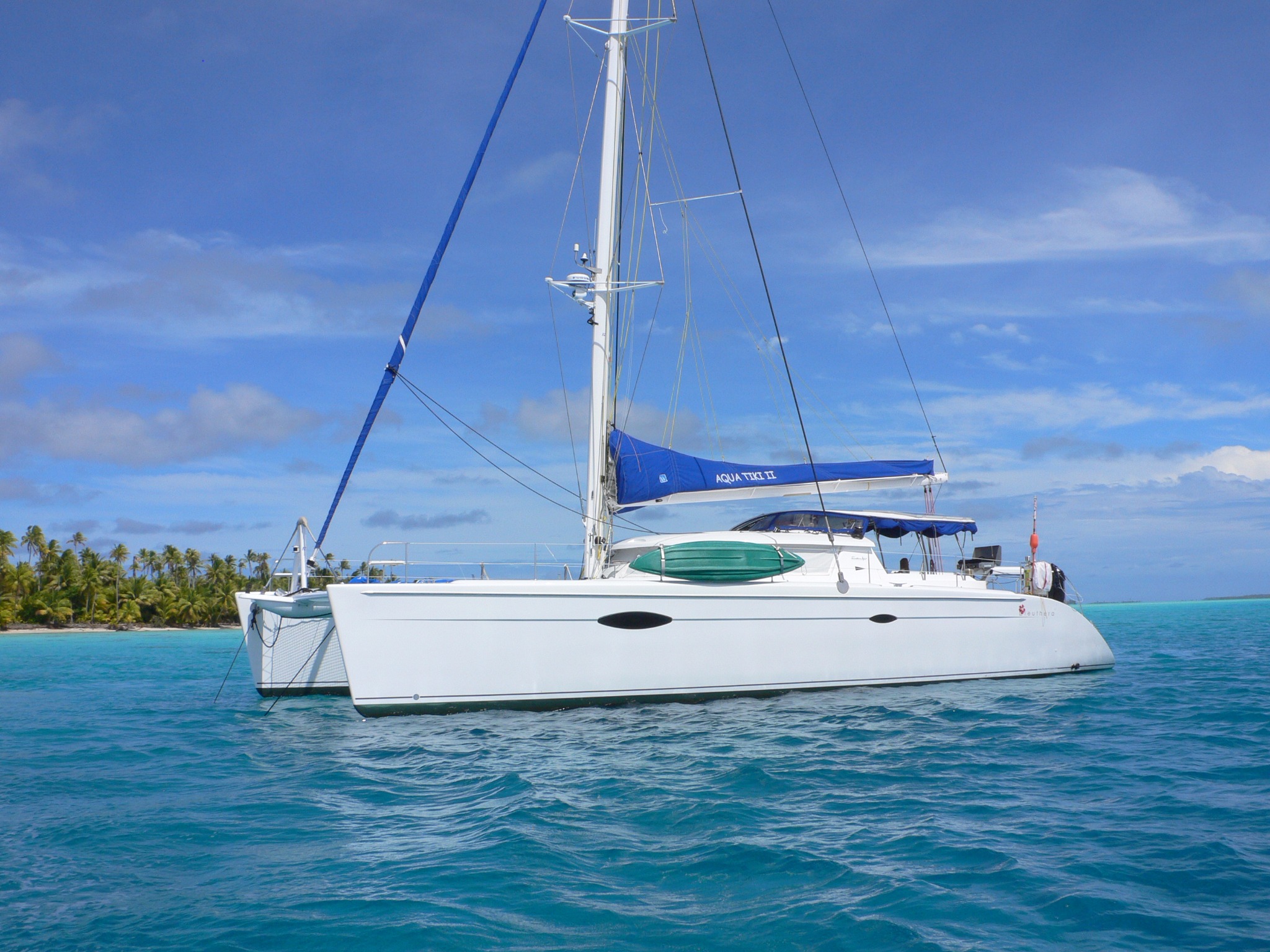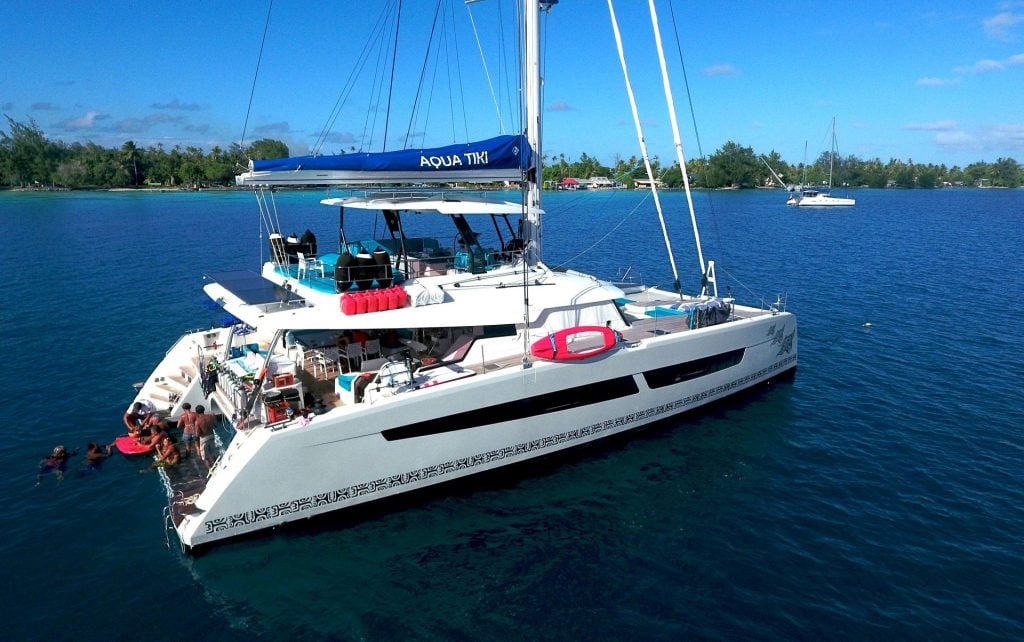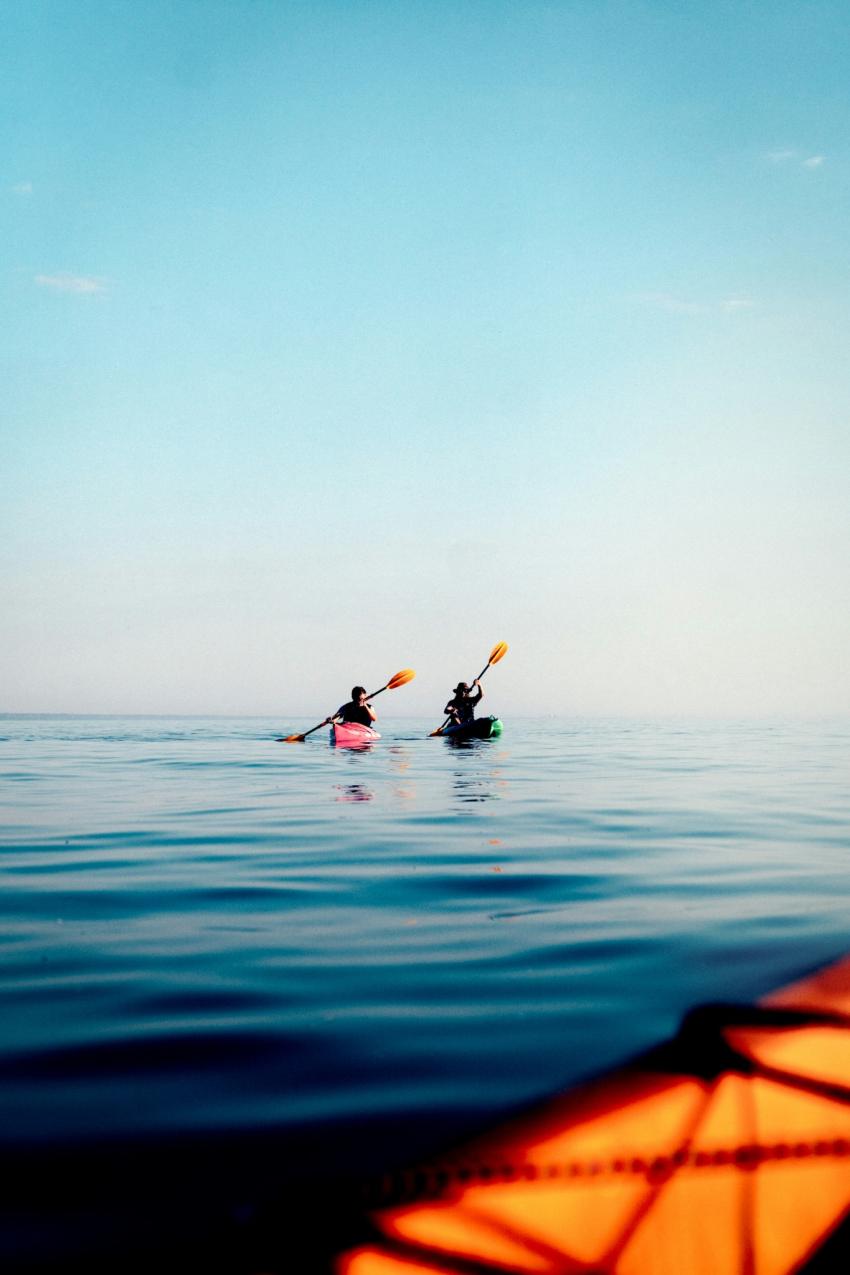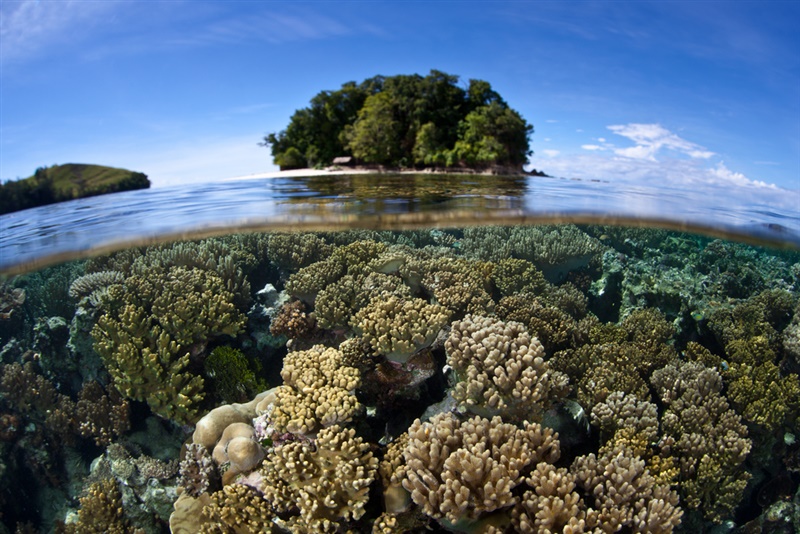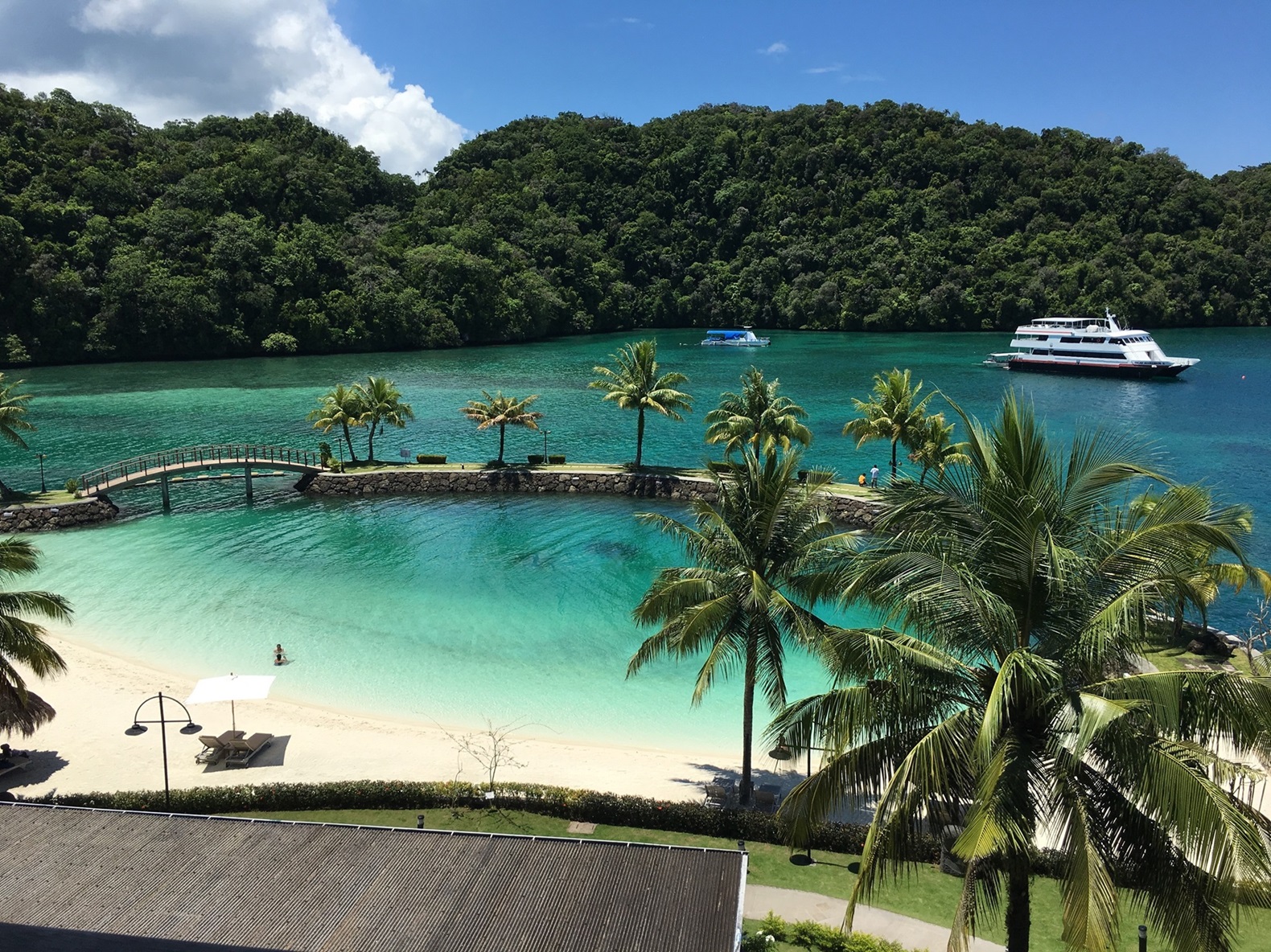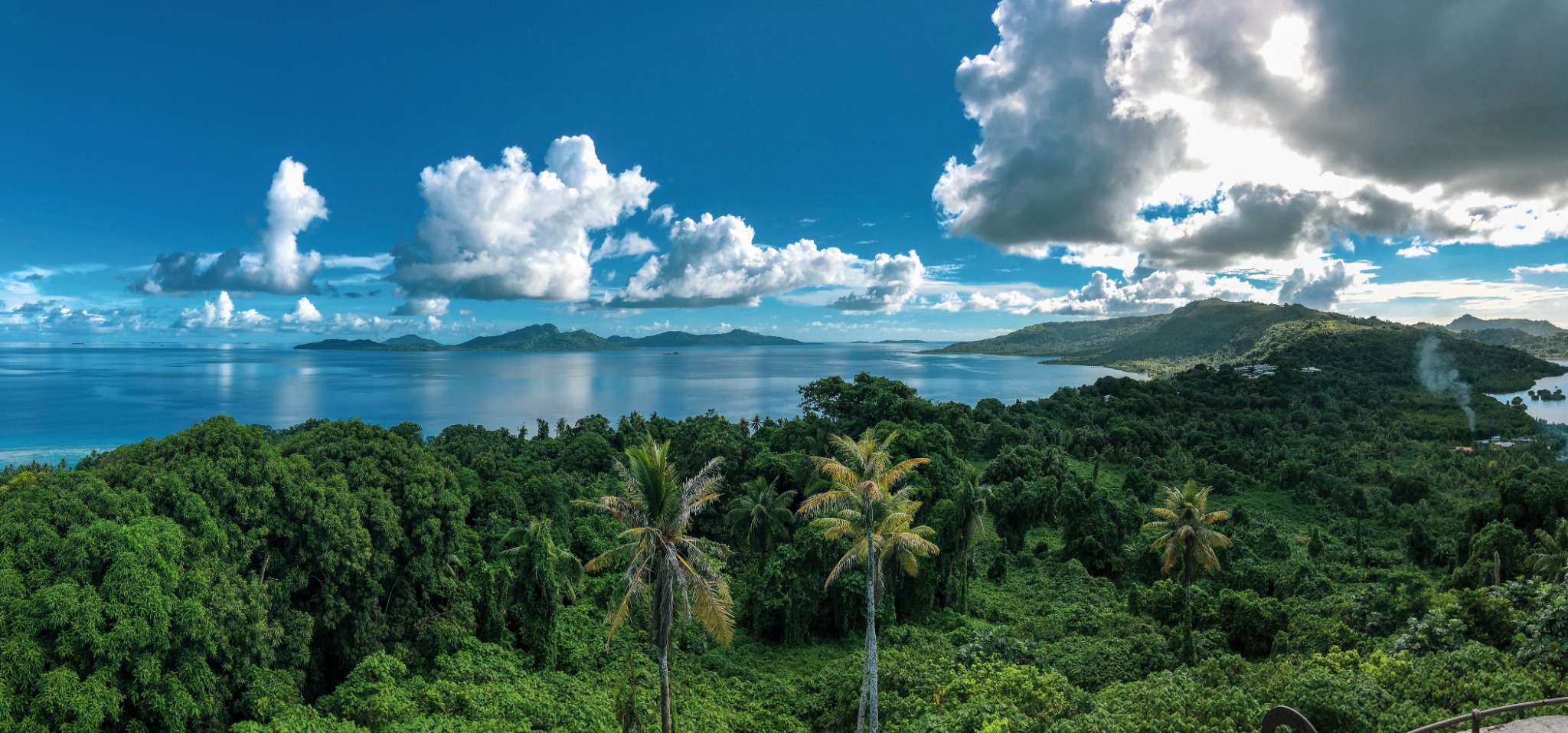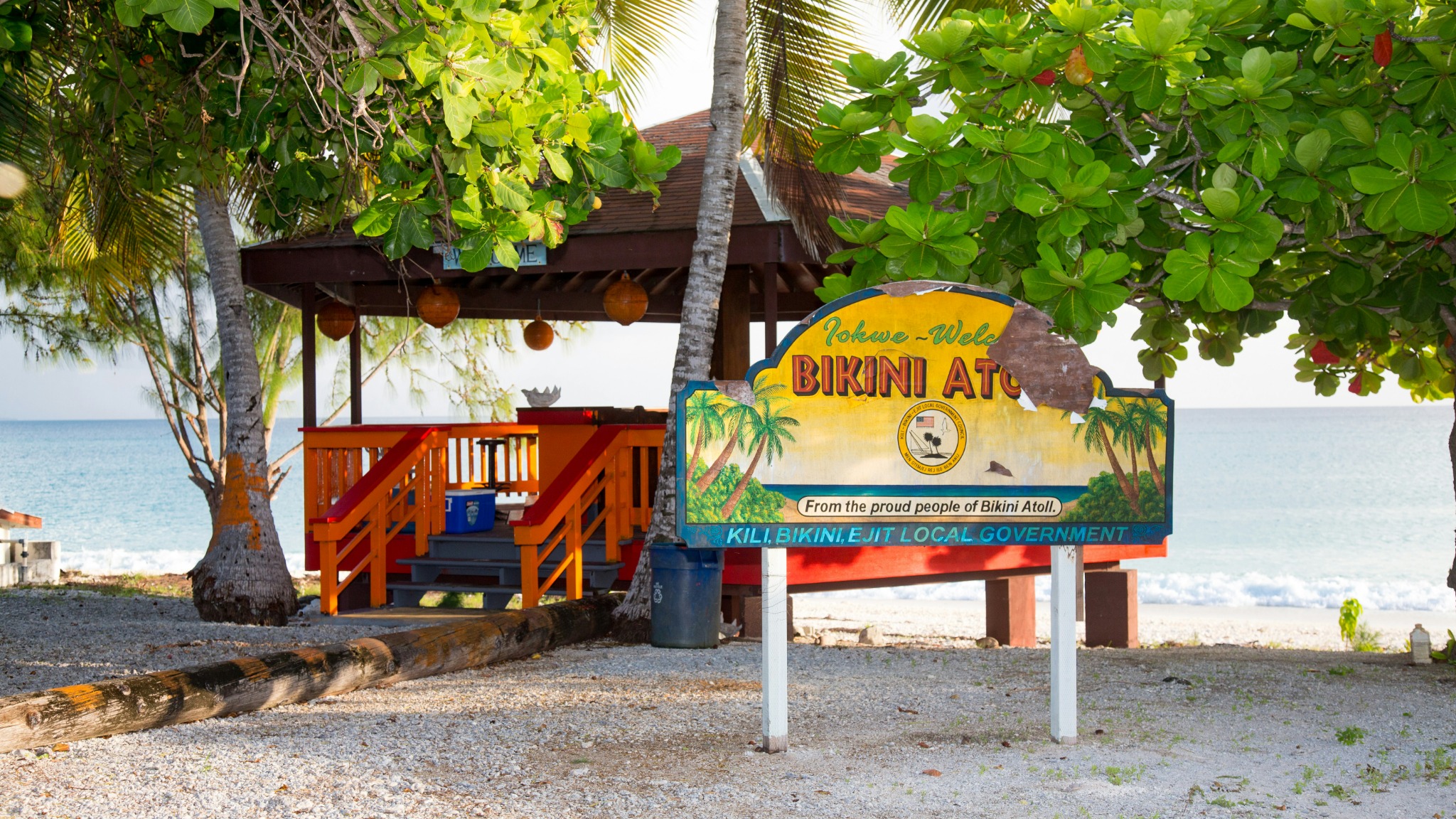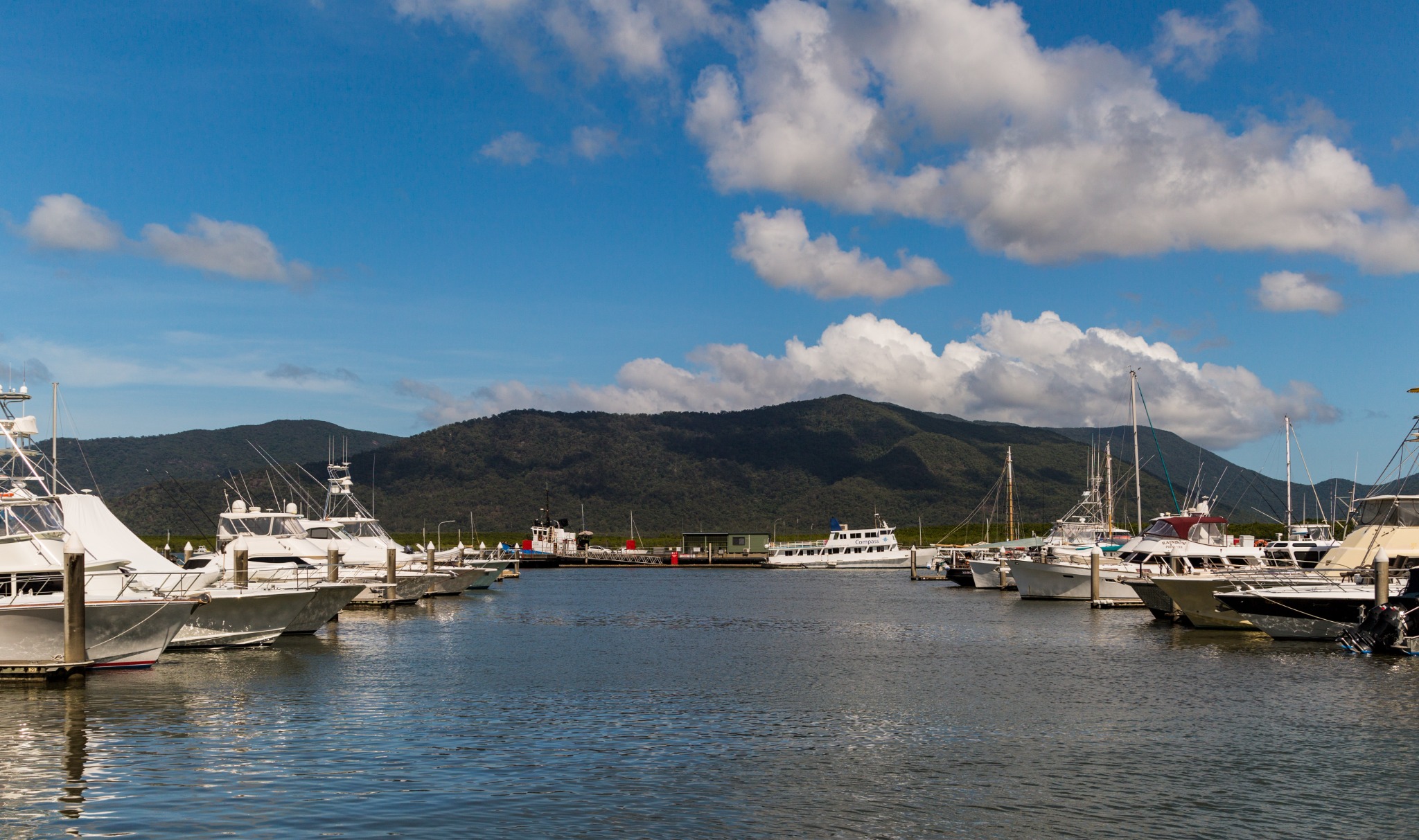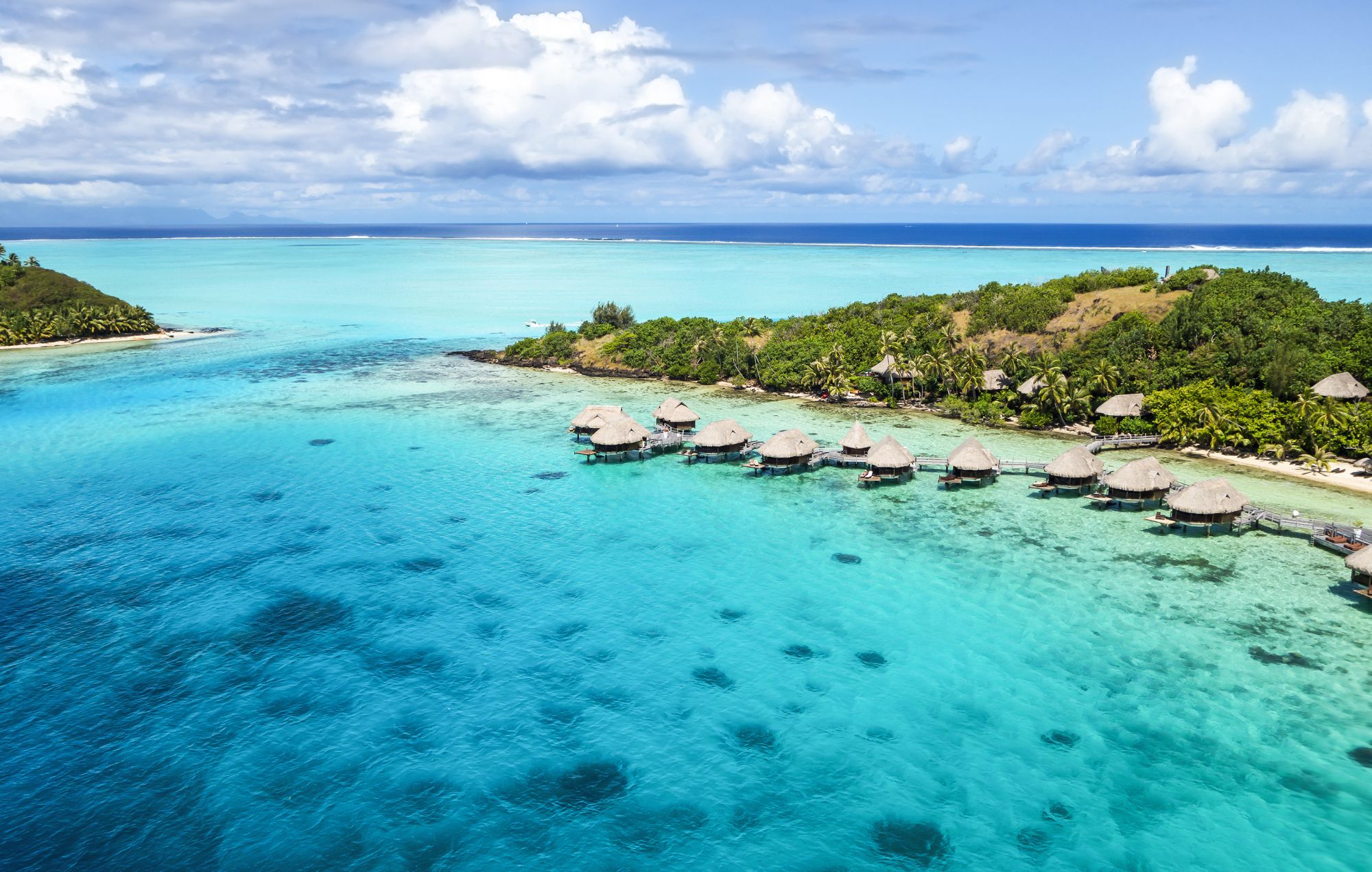
Best French Polynesia Liveaboards
Handpicked French Polynesia Selections
Liveaboard Diving in French Polynesia
French Polynesia, a coveted destination for liveaboard cruises, beckons divers with its enchanting blend of azure waters and verdant landscapes. This premier diving location boasts spectacular underwater scenes, home to diverse marine life including graceful manta rays, playful dolphins, and the occasional whale shark sighting. Its dive sites are renowned for their abundant tropical fish varieties, such as the vibrant butterflyfish, angelfish, and the iconic Moorish idol. The underwater terrain of French Polynesia is a diver's dream, featuring awe-inspiring drop-offs, serene turquoise lagoons, and intriguing caves. Divers can revel in the mesmerizing beauty of both hard and soft corals, creating a vivid underwater tapestry ideal for liveaboard adventures.
Most French Polynesia islands are volcanic in origin and fringed by coral reefs. The Society Archipelago is the most famous of all and includes the islands of Bora Bora, Moorea, and Tahiti. Tuamotu Archipelago includes only low-lying coral atolls, and of these, only a handful have passable inlets into their central lagoons. Rangiroa, the largest coral atoll in French Polynesia, is famous for its natural beauty. The Austral and Gambier islands in the south are less populated because most of them are still uninhabited. Besides the amazing nature in French Polynesia, travelers can try various activities, such as snorkeling, scuba diving, and other various water activities. Tourists can enjoy guided historical tours, hiking, and exploring, as well as shopping. Diving in French Polynesia is exciting as all the islands have excellent scuba diving and snorkeling opportunities. The lagoons in French Polynesia are less known for the colorful soft corals than for the wide variety of sea life they contain. Divers can expect to see lots of colorful tropical fish, stingrays, and manta rays. Sharks are frequently seen here, although most of them are of the relatively harmless reef varieties: blacktip, silvertip, whitetip, and gray sharks. The most-visited islands now have shark-feeding encounters. Hammerheads and other large sharks live outside the reef and in the passes leading into the lagoons.
Top Places to Dive in French Polynesia
When To Go Diving in French Polynesia
For the optimal liveaboard diving experience in French Polynesia, plan your trip between April and November. During this period, the water temperatures are a pleasant 26-29°C (79-84°F), and the visibility is superb, often exceeding 30 meters (100 feet), perfect for exploring the rich marine biodiversity
Frequently Asked Questions About French Polynesia
Required Diving Experience
The required diving experience for exploring the waters of French Polynesia varies depending on the specific dive sites and the type of diving you intend to do. Most liveaboards require at least AOWD or equivalent certification and from 40 logged dives. Divers with an Advanced Open Water certification will find a greater variety of sites accessible, including deeper reef dives and some of the more challenging drift dives. These sites often feature more diverse topographies, such as drop-offs and wall dives, and a chance to see larger pelagic species. Advanced divers can also explore some of the less frequented areas, offering a more secluded and thrilling experience. Some specific types of dive, like shark diving or night diving, might require additional experience or certifications. These dives offer unique experiences but come with their own set of challenges and risks.
Dive Briefings and Local Guides: Regardless of experience level, it's important to attend dive briefings and consider diving with a local guide, especially when exploring a new area. Local dive guides are familiar with the specific conditions and characteristics of each site and can provide valuable insights for a safe and enjoyable experience
Marine Life Encounters
French Polynesia's crystal-clear waters are a haven for an impressive array of marine life, making it a dream destination for underwater enthusiasts and photographers.
Shark Encounters: French Polynesia is renowned for its shark-friendly waters, offering divers the chance to encounter various species including blacktip reef sharks, grey reef sharks, and the majestic hammerhead sharks. These magnificent creatures are often the highlight of dives, especially in areas like Rangiroa and Fakarava.
Manta Ray Magic: The graceful manta rays are a common sight in these Pacific waters. Divers can experience the awe of swimming alongside these gentle giants, especially in the nutrient-rich channels where mantas often come to feed and be cleaned.
Vibrant Coral Reefs: The underwater landscape of French Polynesia is adorned with lush coral gardens. These thriving ecosystems host a multitude of hard and soft corals, providing a colorful backdrop for your dives and supporting a rich biodiversity.
Tropical Fish Galore: Divers are treated to a spectacle of tropical fish, including the bright and beautiful parrotfish, butterflyfish, and the unique Moorish idols. Schools of colorful fish swirling around the corals create a mesmerizing underwater ballet.
Pelagic Species: The open waters around French Polynesia are a playground for larger pelagic species. Divers can spot tuna, barracuda, and even the occasional whale shark, the largest fish in the ocean, making for an unforgettable diving experience.
Dolphin Encounters: Playful pods of dolphins are frequently encountered, delighting divers with their acrobatics and curious nature. These intelligent creatures often interact with divers, adding a touch of magic to the dive.
Macro Life Wonders: For macro photography enthusiasts, the region's smaller inhabitants, like nudibranchs, shrimp, and various crustaceans, offer a fascinating glimpse into the diversity of marine life in these waters.
Seasonal Visitors: Depending on the season, divers might also witness migrating species such as humpback whales, particularly from July to October, adding a spectacular dimension to the diving experience
